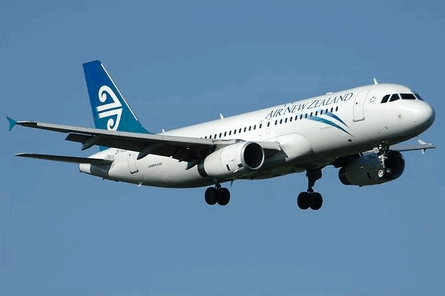Air New Zealand flew its first RNP (required navigation performance)-enabled flight from Sydney to Queenstown, New Zealand on 18 October, becoming the first Airbus operator in the world to have an entire A320 fleet equipped and certificated for RNP.
RNP will enable specially trained pilots to fly safely to much lower altitudes with a more precise and efficient descent path into this terrain-constrained airport, saving fuel and emissions and helping reduce the impact of bad weather on services. The airline has fitted the new technology on to its fleet of 13 A320s, which operate across the Tasman Sea between Australia and New Zealand.
 |
|---|
© Peter Unmouth/AirTeamImages.com |
ANZ A320 RNP project manager Capt Philip Kirk says the airline received its RNP certification for the A320 fleet from the New Zealand Civil Aviation Authority on 18 September following the successful completion of a comprehensive nine-month trial programme.
Flight NZ832, captained by Greg Pringle, departed Sydney at 10:00 local and arrived in Queenstown at 15:00 local time. ANZ last year had its first experience of RNP when it its Boeing 737 fleet, used on domestic flights, were cleared to operate into Queenstown. Since then, more than 138 services have used by the new technology on the approach, which was designed by US navigation specialist Naverus.
With the introduction of RNP on the A320s this will help to provide more reliable services for customers between Australia and Queenstown, which is subject an average 36 days a year to low cloud conditions that can affect services. ANZ operates up to nine return trips a week using the A320s over the peak winter season.
ANZ says RNP also offers a range of commercial and environmental benefits. Because of its high-precision capability it can reduce noise emissions and significantly reduce fuel consumption and carbon emissions by using much shorter, curved approaches to airports. At this stage Queenstown is the only New Zealand airport at which RNP is used, but Qantas uses it extensively in Australia, as well as using the approach for its trans-Tasman 737-800 flights to Queenstown.
Source: Flight International
















